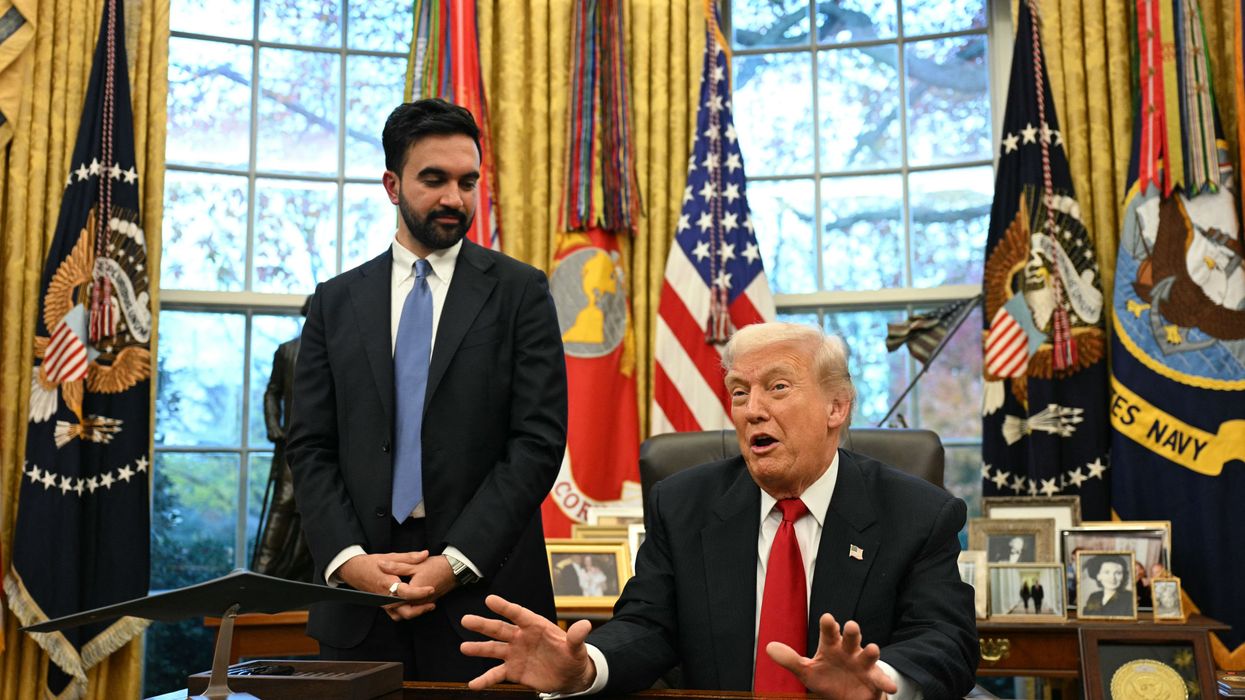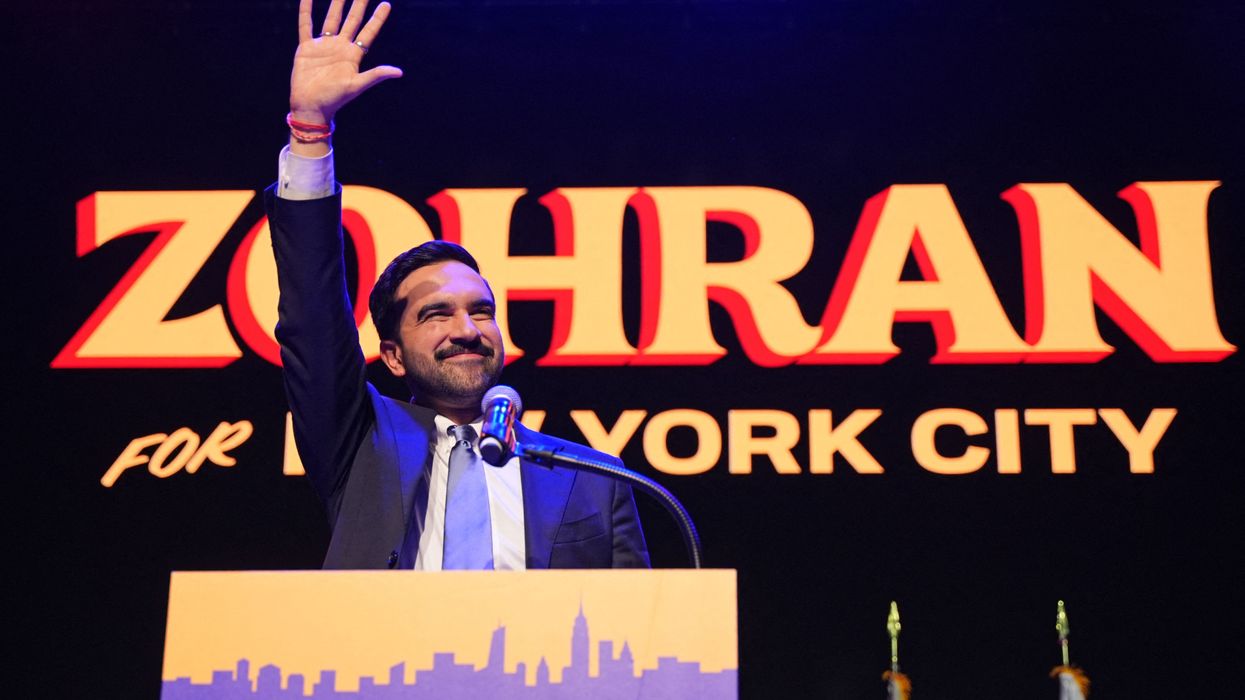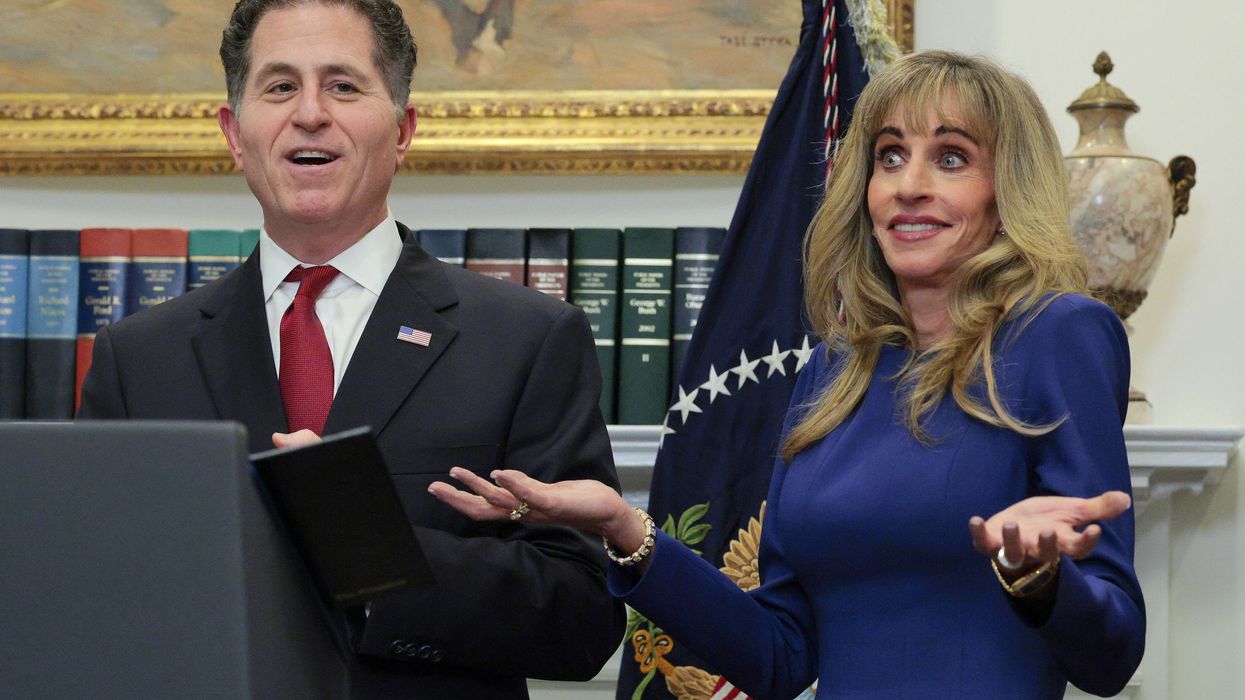A 10-Point Pledge for Democrats to 'Make America Affordable Again'
Democrats can show America that they can be better trusted than Republicans to bring prices down and real wages up by promising 10 things.
Trump’s economy is truly sh*tty for most Americans. Every time Trump or his lapdogs in Congress tell voters that the economy is terrific, they seem more out of touch.
A significant number of Democrats have won elections over the last 10 months — mayoral, gubernatorial, and special elections — by stressing affordability.
Democrats can show America that they can be better trusted than Republicans to bring prices down and real wages up by promising 10 things.
1. We’ll eliminate Trump’s across-the-board tariffs. They’re import taxes that are raising the prices of just about everything American consumers buy. We’ll eliminate them where their costs to consumers are far higher than any potential benefits in the form of new jobs.
2. We’ll bust up monopolies. Another major source of high prices is monopolies — especially in high tech, health care, food, and finance. We’ll vigorously enforce antitrust (anti-monopoly) laws so that corporations don’t have the power to raise prices. We’ll bust up giant corporations. We’ll bar large firms from merging or acquiring other firms.
3. We’ll fight for stronger unions. Workers need more bargaining power to get higher wages. Part of the answer is stronger unions. Democrats will make it easier for them to start or join them.
4. We’ll raise the national minimum wage to $20 an hour. No one who works full-time should be in poverty. And we’ll raise it even higher for employees of big corporations that pay their top executives more than 200 times the typical worker.
5. We’ll make housing more affordable. We’ll stop private equity firms from buying up large tracts of housing and colluding on prices. We’ll get rid of zoning laws that keep housing prices high. And we’ll raise taxes on big corporations that drive up housing prices where they’re headquartered or have major facilities and use the funds for more affordable housing there.
6. We’ll cut health care costs by making Medicare available to everyone. Giving everyone the option of buying into Medicare would bring health care costs down because it’s cheaper and more efficient than private for-profit health insurance.
7. We’ll get working families help with child care and elder care. Both are essential for working families who must now pay out large portions of their incomes to provide care for family members.
8. We’ll give working families paid family leave. Twelve weeks of unpaid leave has proven useful but not adequate. Every other advanced country provides paid leave; the richest country in the world should too.
9. We’ll provide a universal basic income if adequate-paying jobs are unavailable. Face it: Artificial Intelligence will permanently replace many jobs. No family should be left in the cold. The universal basic income won’t be so high as to make families comfortable, but it will be enough to keep them out of poverty.
10. We’ll raise taxes on the wealthiest to pay for this. Since Reagan, the rich have paid far lower taxes while accumulating a near-record portion of total income and wealth. It’s only fair that they pay more so that the rest of America can afford what Americans need. We’ll raise the top marginal tax rate to 70 percent — what it was before Reagan. We’ll also impose a 0.5 percent tax on wealth in excess of $100 million. We’ll also eliminate the cap on income subject to Social Security taxes, require that the ultra-rich pay annual capital gains taxes on unrealized income, and eliminate the stepped-up basis at death.
These 10 steps are crucial for making America affordable again. We pledge to back every one of them.
Please share this with any Democrat interested in running for or remaining in office. And ask them to make the pledge.


